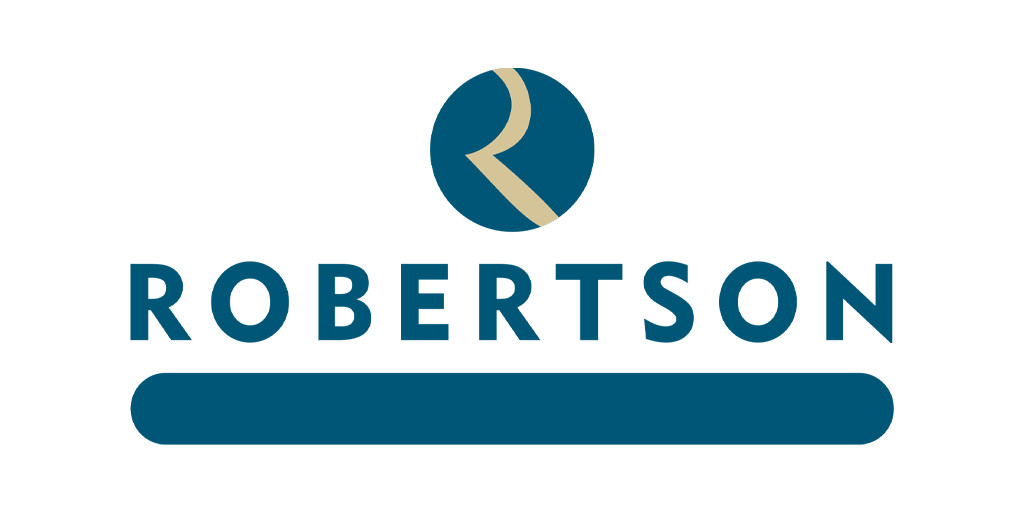Commentary
VIDEO | How to tackle the RAAC crisis
Hundreds of public and private buildings, including schools and hospitals, are impacted by the presence of poor-quality RAAC – a material that has the potential to have a catastrophic collapse at a moment’s notice.
So how should the built environment be approaching the crisis surrounding reinforced autoclaved aerated concrete? And what lessons can we glean from the situation? Robertson Group and Place North West assembled a roundtable of industry experts and those currently working on RAAC projects to delve into the nature of the problem and possible solutions.
Participants
- Ged Rooney, pre-construction director at Robertson Group
- Sue Patterson, senior business development manager at the Manufacturing Technology Centre
- Mike Tyler, business development and client liaison manager at North West Construction Hub
- Chris Waine, project director at Hive Projects
- Sean Keyes, managing director of Sutcliffe
- Christian Balshaw, partner at Rider Levett Bucknall
- John Kelly, director at Curtins
- Chaired by Julia Hatmaker, editor of Place North West
Key points
There is no denying that there is an immediate need to fix buildings that have damaged RAAC, but the material is far from the only obstacle.
The RAAC crisis has highlighted several issues, including a lack of information about what materials are in what building. Improvements to building information models need to be made, with more people educated on how to use them.
BIM data also needs to be consulted before any changes to the building, with several of those at the roundtable noting that they’ve encountered RAAC that was in bad shape because it was damaged during some alteration or expansion initiative.
Another issue is the lack of preventative building maintenance. This could help keep roofs in tip-top shape, as one of the main issues with RAAC is water damage. RAAC absorbs water, thus concealing evidence of a leak. This leads to invisible damage being done well before the larger problem is noticed.
There is sadly no one-size-fits-all solution for RAAC, according to those at the roundtable. It is an issue that requires flexibility, which means it is not suitable for fixed-price contracts. Instead, those with RAAC problems should focus on bringing in an expert who can navigate the different methods of fixing the situation.
That is just a taster of the hour-long discussion. You can hear more highlights from the roundtable in the video at the top of this article, as well as on the Place North West YouTube channel.





You talk about building information that you can get today for buildings constructed over 50 years ago! That makes no sense!
By Anonymous